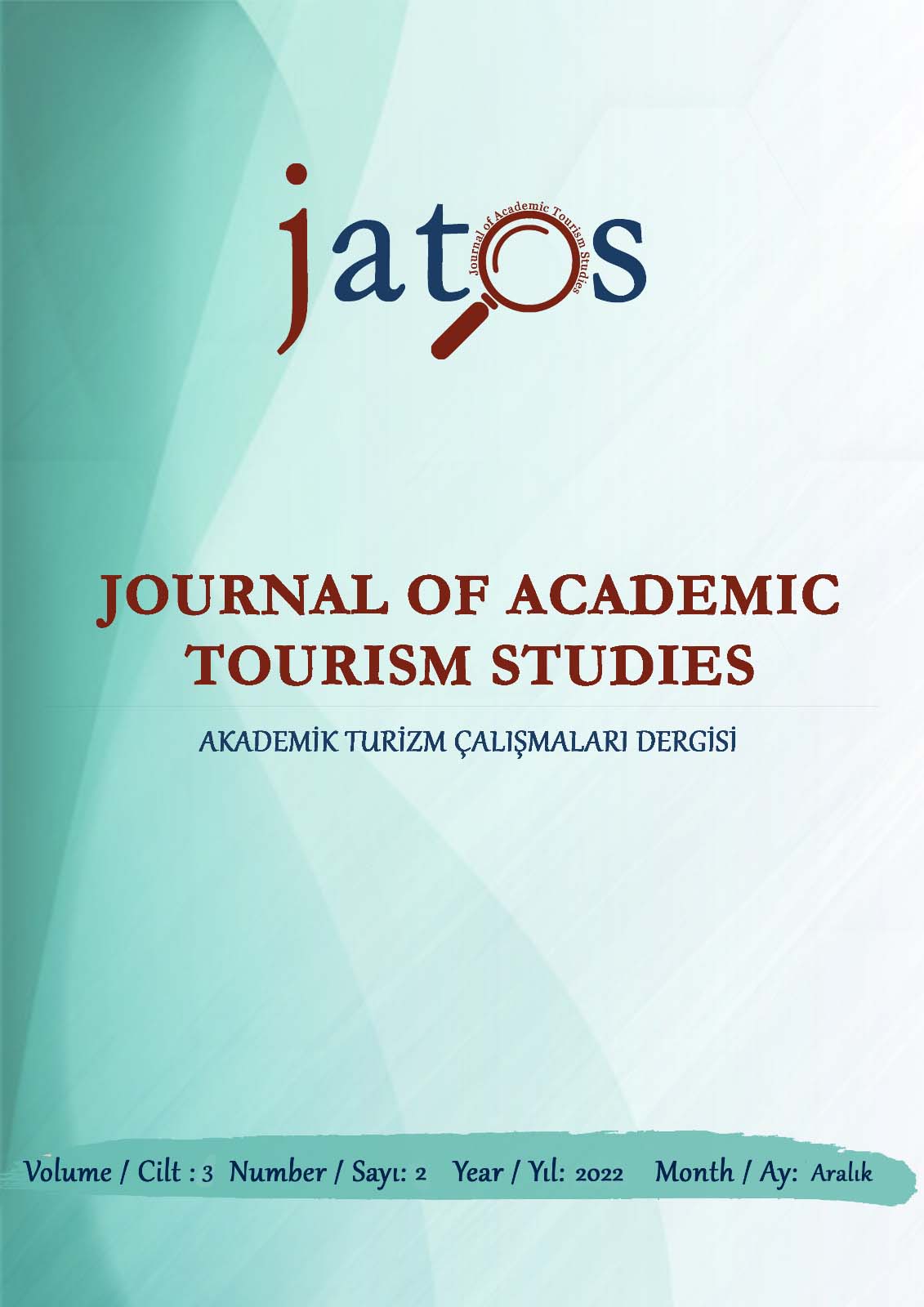Author :
Abstract
Literatürde havalimanına yönelik yer aşinalığı, havalimanında yolcuların tüketim davranışları, havalimanlarına yönelik marka algısı, küreselleşme kapsamında havalimanlarının atmosferiği gibi konular ele alınmıştır. Mevcut çalışma ise havalimanlarının mekânsal organizasyonları ile ilgilenmektedir. Bu doğrultuda çalışmada, Avrupa’nın En İyi Havalimanı Ödülü’nü almış havalimanları web siteleri üzerinden mekânsal göstergeleri bağlamında incelenmiştir. Çalışmanın bu şekilde kurgulanmasında, Türkiye’nin belli başlı uluslararası havalimanlarından biri olan ve 2009 yılında Havalimanı Uluslararası Komisyonu (Airport Council International Europe) tarafından kendisine verilen Avrupa En İyi Havalimanı Ödülü’nü alan Esenboğa Havalimanı’nın enzer statüdeki havalimanlarıyla göstergeleri bağlamında karşılaştırılması ve rekabet potansiyeli bağlamında gereken önerilerin sunulması amaçlanmıştır. Çalışma bulguları arasında havalimanları arasındaki en büyük gösterge farklılıklarının bir mekân olarak konumlanma ve yolcu psikolojisini etkileme yönü üzerinde olduğu ortaya çıkmıştır. Bu doğrultuda her bir havalimanı için faydalı olabilecek ve konuyla ilgili çalışmayı düşünen araştırmacılara yol gösterebilecek öneriler geliştirilmiştir.
Keywords
Abstract
In the literature, subjects such as place familiarity with the airport, consumption behaviors of passengers at the airport, brand perception towards airports, and the atmosphere of airports within the scope of globalization have been discussed. The present study is concerned with the spatial organization of airports. In this direction, in the study, the airports that received the Best Airport Award in Europe were examined in the context of their spatial semotics through their websites. In designing the study in this way, it has intented to be presented the comparison of airports and one of Turkey's major international airports -Esenboğa Airport- that received the European Best Airport Award given to it by the Airport Council International Europe in 2009, with airports with similar status in terms of their semiotics have compared and the suggestions required in the context of competition potential intended to be presented. Among the findings of the study, it was revealed that the biggest semiotics differences between airports are on positioning as a place and the way of influencing passenger psychology. In this direction, suggestions have been developed that can be useful for each airport and guide the researchers who are considering working on the subject.





